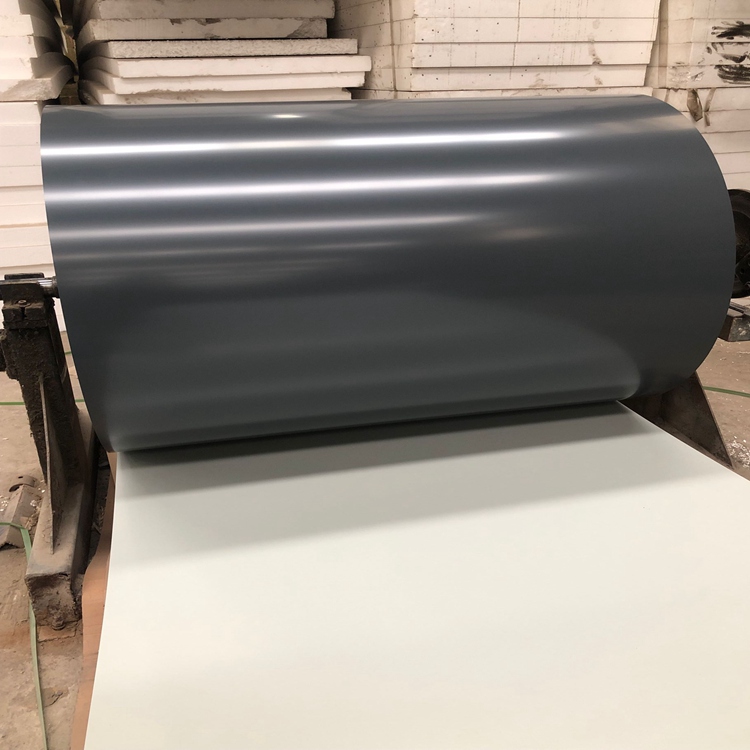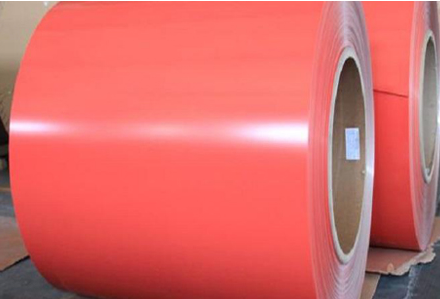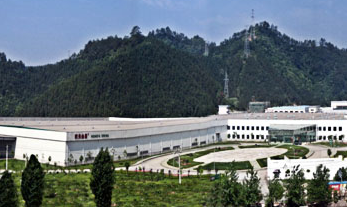信息摘要:
彩涂板涂料成膜主要包括涂料附着和涂层干燥两方面。
A彩涂板涂料附着
钢带基板和涂料附着的第一步是彩涂板涂料在基板表面的润湿,涂料润湿就可以取代钢带基板表面原来吸附的空气和水,同时溶剂在基板表面的挥发起到溶解或溶胀作用,如果彩涂板涂料的成膜树脂与基板表面的溶解度参数选择适当,则会使得彩涂板基板表面与涂膜之间形成一个互混层,这对涂...
彩涂板涂料的成膜机理
天津天诚彩板专注彩板16年——扬州彩涂板定制_扬州彩涂板多少钱一吨 更多信息请拨打网站上方电话咨询了解
彩涂板涂料成膜主要包括涂料附着和涂层干燥两方面。
A彩涂板涂料附着
钢带基板和涂料附着的第一步是彩涂板涂料在基板表面的润湿,涂料润湿就可以取代钢带基板表面原来吸附的空气和水,同时溶剂在基板表面的挥发起到溶解或溶胀作用,如果彩涂板涂料的成膜树脂与基板表面的溶解度参数选择适当,则会使得彩涂板基板表面与涂膜之间形成一个互混层,这对涂料的良好附着十分重要。
B彩涂板涂层干燥
彩涂板涂料的附着施工在彩涂板的涂层工艺中只是完成了涂料成膜的第一步,还要继续进行变成固态连续膜的过程,能完成全部的涂料成膜过程。这个由“湿膜”变为“干膜”的过程通常称为“干燥”或“固化”。这个干燥和固化的过程是涂料成膜过程的核心。不同形态和组成的涂料有各自的成膜机理,成膜机理是由涂料所用的成膜物质的性质决定的。通常我们将涂料的成膜发生分为两大类:固,的场
(1)非转化型。一般指物理成膜方式,即主要依靠涂膜中的溶剂或其他分散介质的挥发,涂膜黏度逐渐增大而形成固体涂膜。例如:丙烯酸涂料、氯化橡胶涂料、乙烯涂料等。
(2)转化型。一般指成膜过程中发生了化学反应,及涂料主要依靠化学反应发生成膜。这种成膜就是涂料中的成膜物质在施工后聚合称为高聚物的涂膜的过程,可以说是种特殊的高聚物合成方式,它完全遵循高分子合成反应机理。例如:醇酸涂料、环氧涂料、聚氨酯涂料、酚醛涂料等。但是,现代的涂料大多不是一种单一的方式成膜,而是依靠多种方式最终成膜的,卷材涂料就是典型的一种依靠多种方式最终成膜的。
Coating film formation mainly includes coating adhesion and coating drying.
A Coating Adhesion
The first step of adhesion between steel strip substrate and coating is the wetting of coating on the surface of substrate. The wetting of coating can replace the air and water previously adsorbed on the surface of steel strip substrate. At the same time, the volatilization of solvent on the surface of substrate plays a role of dissolution or swelling. If the solubility parameters of coating film-forming resin and the surface of substrate are selected properly, it will be able to replace the air and water previously adsorbed on the surface of steel strip substrate. It is very important for the good adhesion of the coating to form an intermixing layer between the substrate surface and the coating film.
B Coating Drying
The coating adherence construction is only the first step of coating film formation in the coating process of color coated sheet, and the process of solid continuous film formation should be continued to complete the whole coating film formation process. This process from "wet film" to "dry film" is often referred to as "drying" or "curing". This drying and curing process is the core of the coating film forming process. Coatings with different forms and compositions have their own film-forming mechanism, which is determined by the properties of film-forming substances used in coatings. Usually we divide the film formation of coatings into two categories: solid and field.
(1) Non-transforming type. Generally refers to the physical film formation mode, that is, mainly depends on the volatilization of solvents or other dispersing media in the film, and the film viscosity gradually increases to form a solid film. For example: acrylic paint, chlorinated rubber paint, ethylene paint and so on.
(2) Conversion type. Generally speaking, chemical reaction occurs in the process of film formation, and coating mainly depends on chemical reaction to form film. This kind of film-forming material is the process of film-forming material in coatings, which is called polymer after construction. It can be said that it is a special way of polymer synthesis. It completely follows the reaction mechanism of polymer synthesis. For example: alkyd coatings, epoxy coatings, polyurethane coatings, phenolic coatings and so on. However, most of the modern coatings are not formed by a single way, but by a variety of ways to eventually film, coil coating is a typical way to rely on a variety of ways to eventually film.




